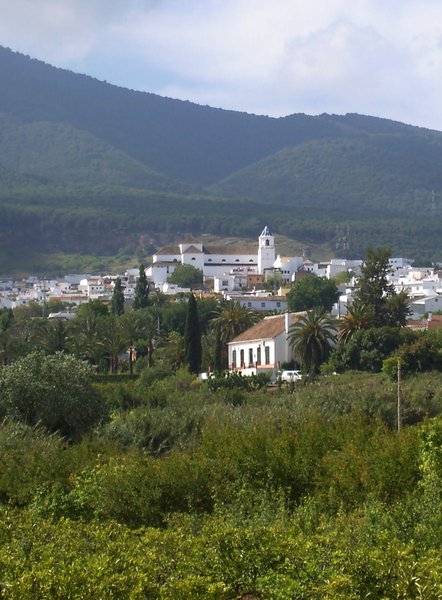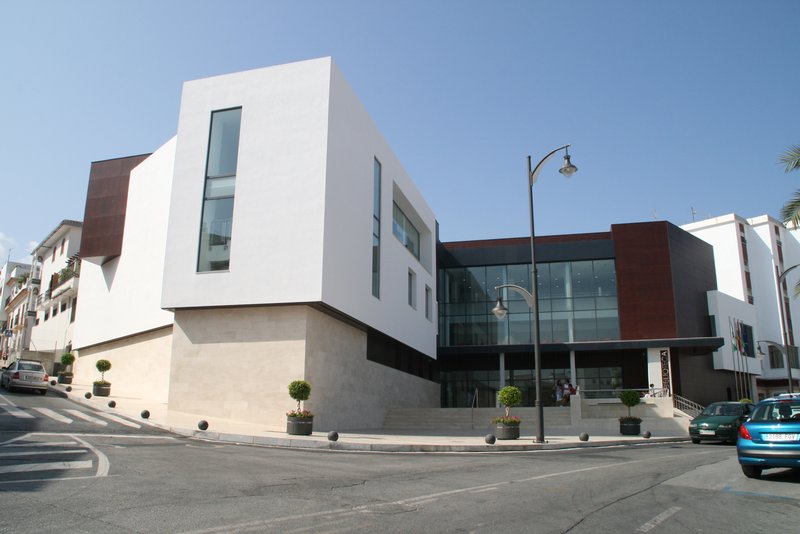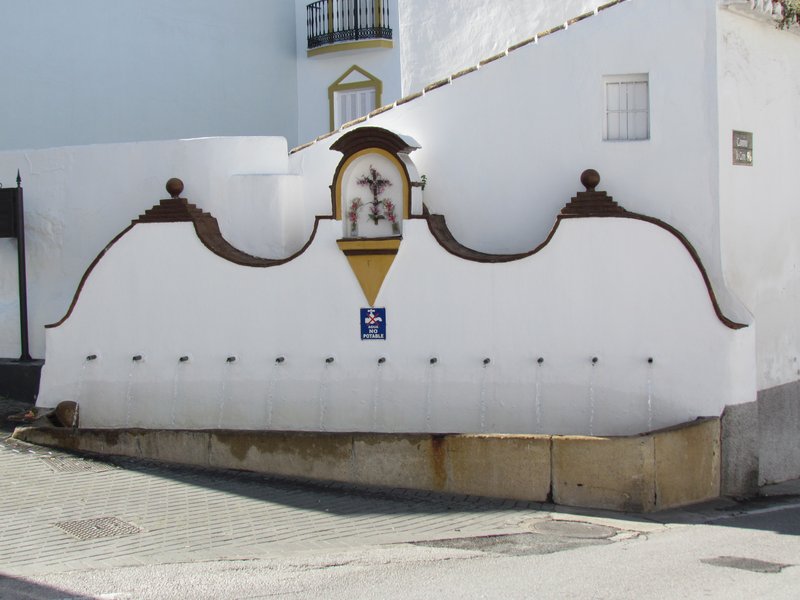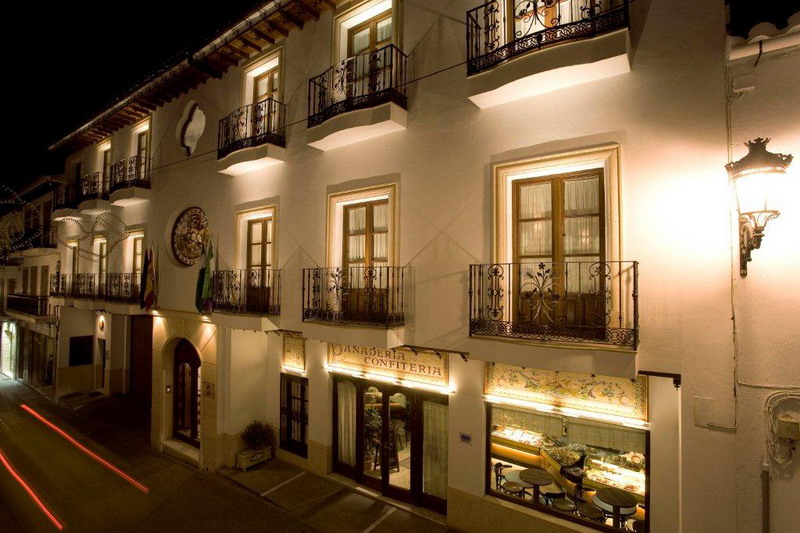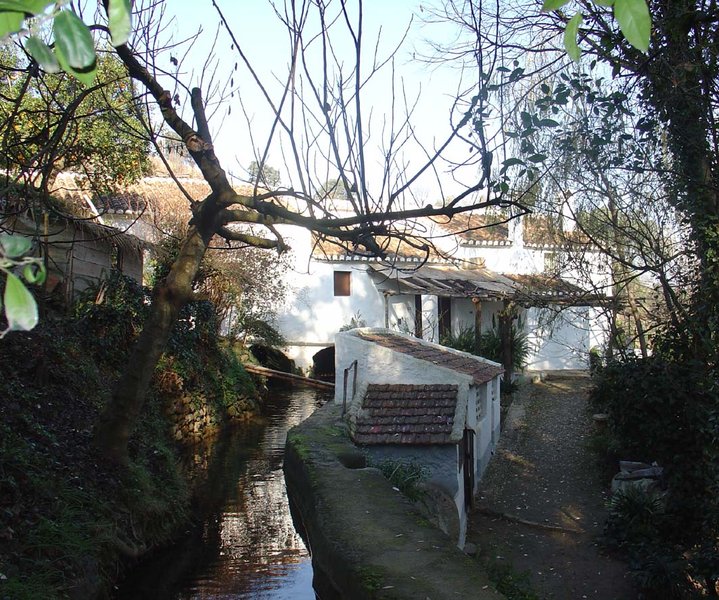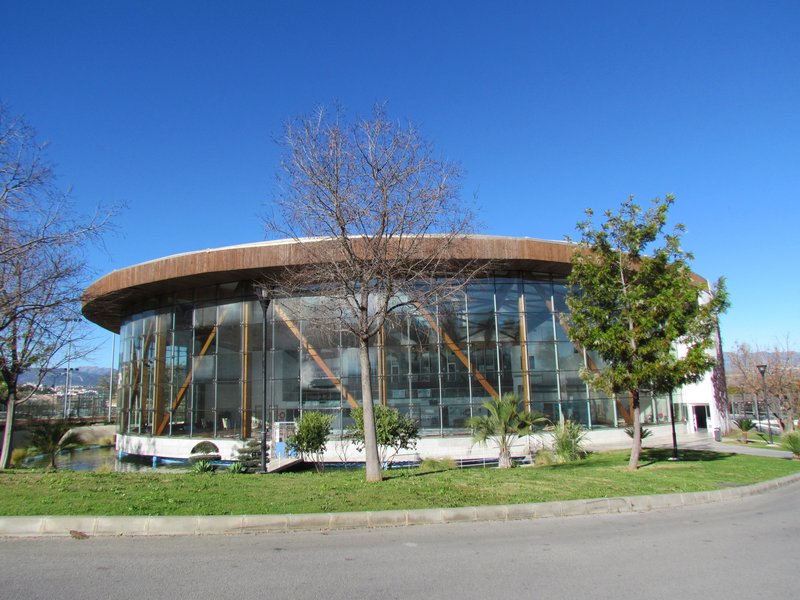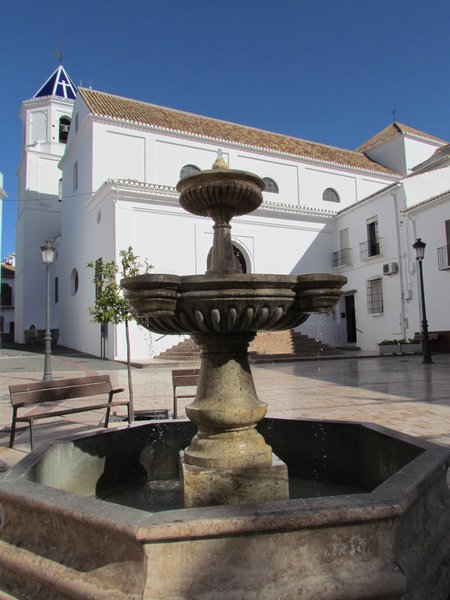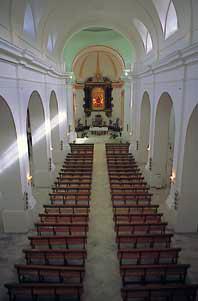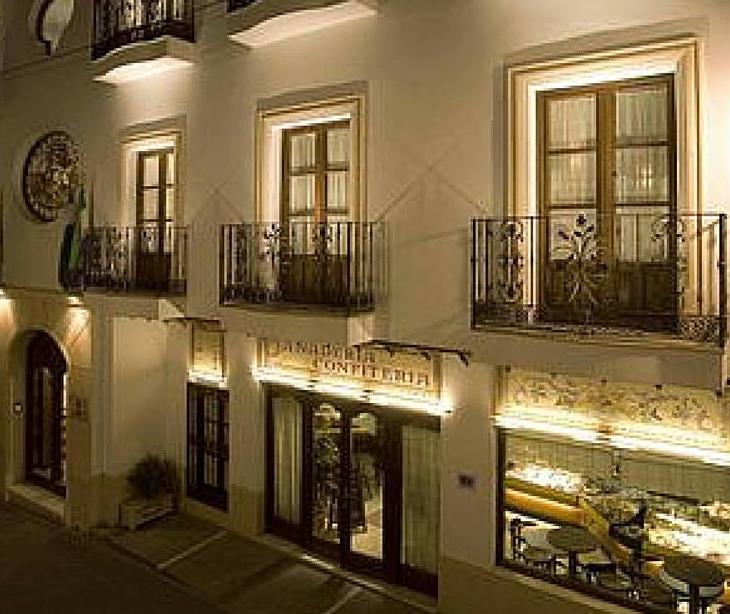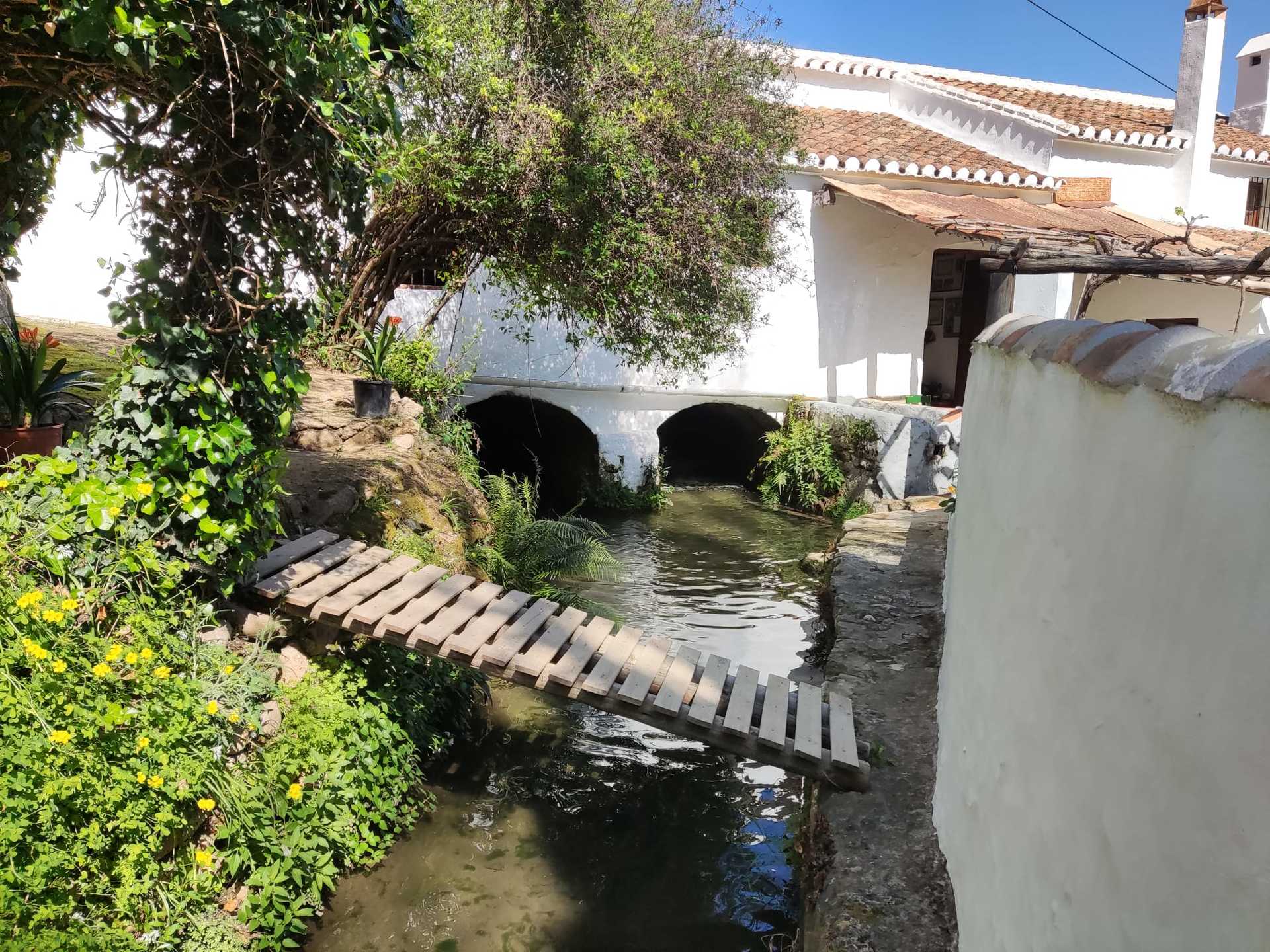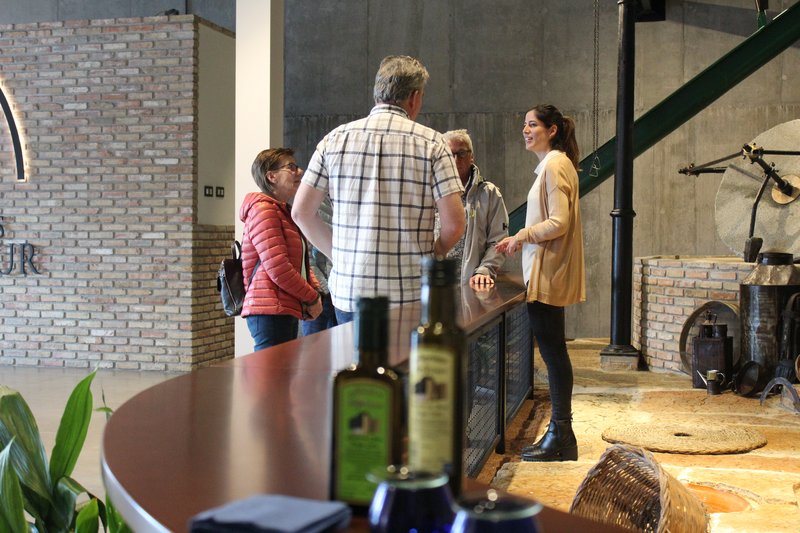Alhaurín el Grande
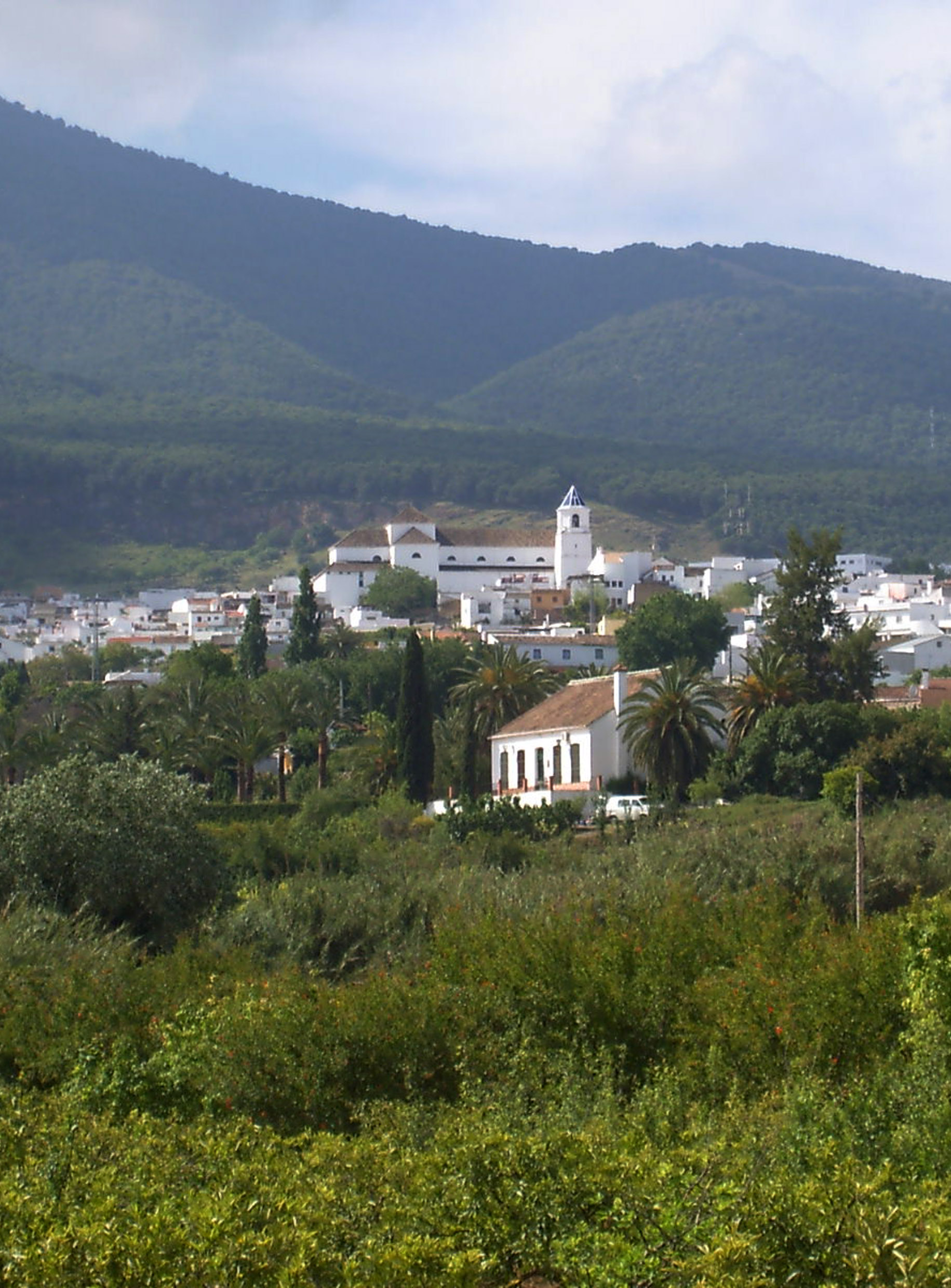
Located at the foot of the Sierra de Mijas mountains, on the north face and overlooking the splendid Valle del Guadalhorce, Alhaurín El Grande has an abundance of citrus and fruit trees and market gardens.
Stone-Age people, Phoenicians, Greeks, Romans and Moors have left their footprint on these lands.
Nowadays, it is a modern and prosperous town, whose most interesting monuments include: the Iglesia de la Encarnación, the Town Hall and Caves of the Convent, the Chapel of Santa Vera Cruz, the Chapel of San Sebastián, the Cobertizo Arch and the Fuente Lucena fountain.
Also of interest is the Molino de los Corchos mill, which is has been magnificently preserved, as well as the Bread Museum, the Agricultural Museum and the wholesale market, the only one in the province still in operation. You must also visit the Municipal Library, the Covered Swimming Pool and the Antonio Gala Theatre, modern and avant-garde buildings of reference, as well as the many parks and gardens throughout the district, set at the foot of the Sierra de Mijas mountains, an area of great natural value that is also worth visiting.
History
The Phoenicians are thought to have exploited its gold and lead mines.
The abundance of remains from the Roman era, including an aqueduct on the road to Coín, capitals, columns, tombstones, sculptures, coins with the heads of Diocletian and Probus, and the ruins of Cerrogordo, are evidence that there was a Roman settlement in this area which must have reached a considerable size. The Roman name appears to have been Lauro Nova, and it is generally believed to have been the ancient Lauro where, according to Florus, Gnaeus Pompeius, the son of Pompeius (or Pompey), was killed by the followers of Julius Caesar, although there is no proof of this event.
The Arabs gave it the name of Alhaur which means "the people of the valley" because it was located between the valleys of Faala and Arroyo de la Villa, and they built a fortress which dominated the surrounding area. This castle was blown up by the French in 1812; the parish church was subsequently built on the site.
Remains of other Moslem fortresses also exist in the municipal area, such as those of Jurique, Faala, Mentage and Rabaquel.
In 1487, the village was conquered by King Ferdinand, following bloody assaults on Coin, the fire and massacre of Benamaguez (Casapalma) and the capture of Cartama, its habitants fleeing to Marbella; its land and castles were shared out among the Christian settlers, though a further redistribution was undertaken in 1492.
Alhaurin el Grande, which belonged to the Crown, was dependent on the jurisdiction of the city of Malaga.
In 1634, its inhabitants bought this jurisdiction along with independent village status for the sum of 4,459,916 silver maravedíes. King Ferdinand VI revoked this autonomy and placed the village under the jurisdiction of first Coin, then the Crown itself, adding the Fleur de Lys of the House of Borbon to its coat of arms. This coat of arms also features the Golden Fleece awarded to the village by Charles V for its loyalty during the Regional Wars.
In 1810, during the Peninsular War, Alhaurín was occupied by the French. After the withdrawal of the occupying troops on August 27, the people of Alhaurín headed for the shrine of La Vera Cruz, where a bomb explosion caused the building to collapse, killing 104 of the local inhabitants. The new shrine of La Vera Cruz was subsequently raised on the same site, together with the town hall.

- Max 18
- Min 11
- Max 64
- Min 51
- °C
- °F
Events



